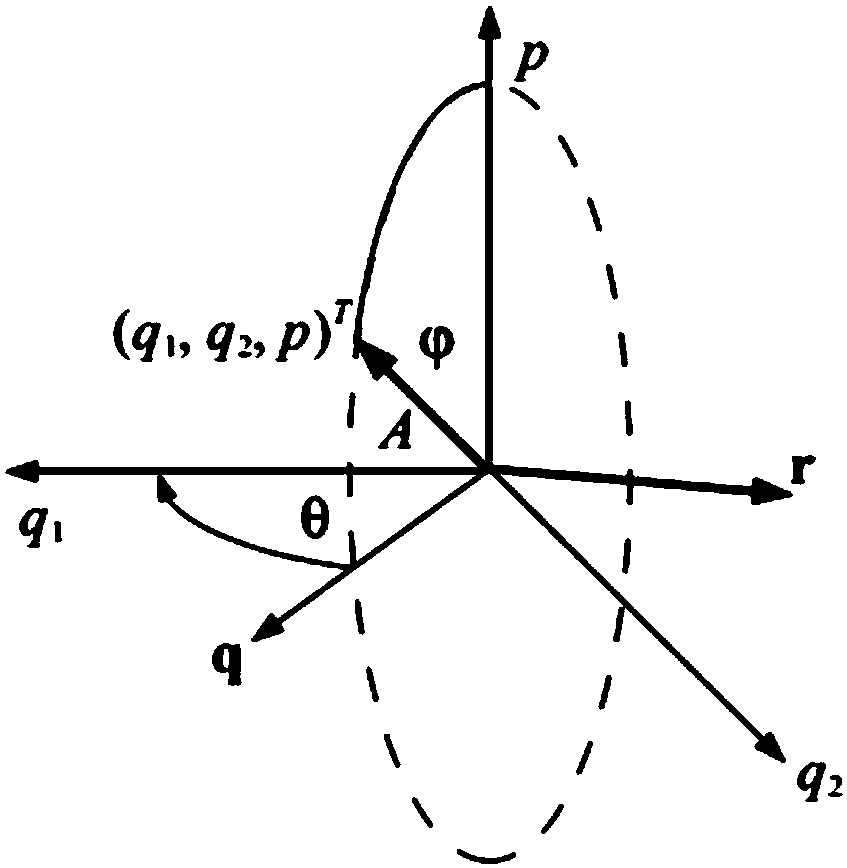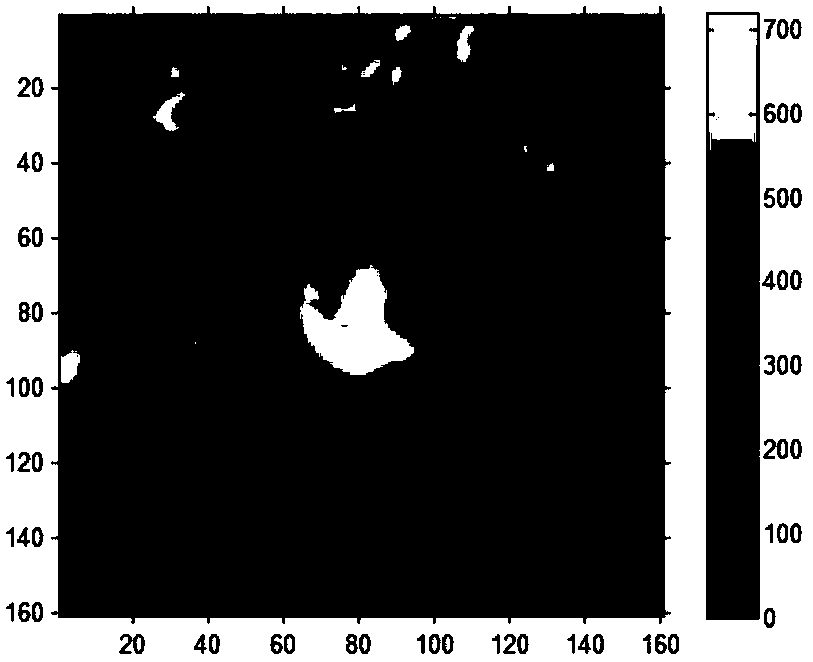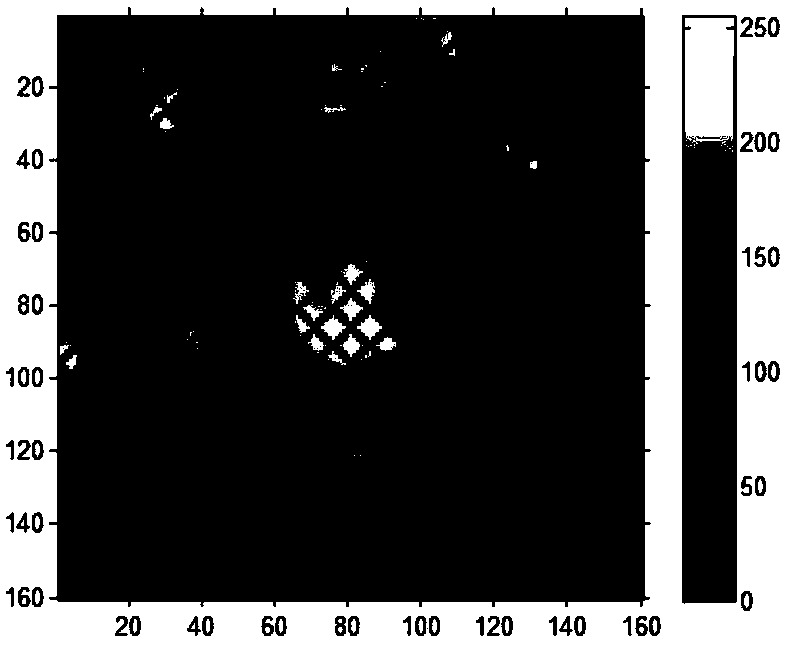Motion Estimation Method for Movie MRI Image Sequences Based on Single Signal Feature Distance and Cross-correlation Transform Optical Flow Algorithm
A technology of film nuclear magnetic resonance and single-play signal, which is applied in image enhancement, image analysis, image data processing, etc., and can solve problems such as difficult to find in nuclear magnetic resonance imaging and difficulty in motion estimation
- Summary
- Abstract
- Description
- Claims
- Application Information
AI Technical Summary
Problems solved by technology
Method used
Image
Examples
specific Embodiment approach 1
[0033] Specific Embodiment 1: The method for motion estimation of movie nuclear magnetic resonance image sequences based on single-cast signal feature distance and cross-correlation transformation optical flow algorithm in this embodiment is specifically prepared according to the following steps:
[0034] Step 1. Use spatial quadrature filters (SQFs) to extract the three features of the single-cast signal, such as local phase, local orientation, and local amplitude, from the movie MRI image, and combine the three features to construct a three-dimensional single-cast signal feature matrix; and three kinds of features are independent of each other; wherein, setting any two adjacent images in the movie nuclear magnetic resonance image sequence is I 1 and I 2 The movie MRI image is specifically the most commonly used and common MRI examination method in medical diagnosis.
[0035]The two-dimensional analytical signal is an extension of the one-dimensional analytical signal. The o...
specific Embodiment approach 2
[0056] Specific embodiment 2: The difference between this embodiment and specific embodiment 1 is that in step 1, the spatial orthogonal filter consists of 1 even-order filter h e (x) and 2 odd order filters h o1 (x) and h o2 (x) composition; wherein, x=(x, y) is the coordinate of any point pixel in the movie nuclear magnetic resonance image. Other steps and parameters are the same as those in Embodiment 1.
specific Embodiment approach 3
[0057] Embodiment 3: The difference between this embodiment and Embodiment 1 or 2 is that in step 1, spatial quadrature filters (spherical quadrature filters, SQFs) are used to extract the local phase, local orientation and local amplitude of the monophonic signal. The specific process of constructing the three-dimensional single-cast signal feature matrix by combining the three features is as follows: image 3 :
[0058] (1), because the high-frequency information can reflect the details of the image, the Butterworth high-pass filter is used; the formula in the frequency domain is as follows:
[0059]
[0060] Among them, ω c is the cut-off frequency of the filter; n is the order of the Butterworth high-pass filter; H e ( ) is an even-order filter in the frequency domain obtained after Fourier transform;
[0061] (2) The odd filter is calculated by the even filter, and the calculation formula in the frequency domain is as follows:
[0062]
[0063] ω=[ω x ,ω y ] ...
PUM
 Login to View More
Login to View More Abstract
Description
Claims
Application Information
 Login to View More
Login to View More - R&D
- Intellectual Property
- Life Sciences
- Materials
- Tech Scout
- Unparalleled Data Quality
- Higher Quality Content
- 60% Fewer Hallucinations
Browse by: Latest US Patents, China's latest patents, Technical Efficacy Thesaurus, Application Domain, Technology Topic, Popular Technical Reports.
© 2025 PatSnap. All rights reserved.Legal|Privacy policy|Modern Slavery Act Transparency Statement|Sitemap|About US| Contact US: help@patsnap.com



